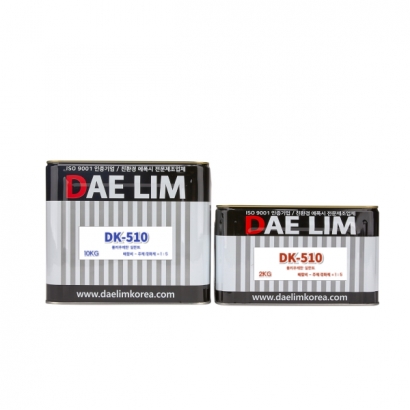
Exceptional Flexibility: Provides excellent flexibility to accommodate movement in flooring materials and prevent deformation.
Weather Resistance: Strong resistance to external environmental factors, minimizing damage caused by climate changes.
Outstanding Elasticity: Delivers effective performance in various conditions due to its superior elasticity and elongation.
Excellent Resilience: Offers excellent recovery ability when subjected to deformation, ensuring long-lasting performance.
Minimal Volume Shrinkage: Almost no volume change after curing, making it ideal for expansion joints and crack repairs.
Category | Polyurethane Sealant (DK-510) |
Content | |
Type | Two-component polyurethane |
Color | Green, Gray, Other |
Mixing Ratio | Base/Hardener = 1:5 |
Curing time | Within 1 hr |
Touch Dry Time | Within 48 hr |
Storage Life | 6 months (5~35℃) |
Packaging | 12KG (Base/Hardener = 2kg : 10kg) |
1. Working Environment
2. Preventing Damage
When working on or finishing the waterproof layer, avoid actions that might damage it:
3. Application Method
(1) Surface Preparation
(2) Primer Application (DK-520)
(3) Repair and Reinforcement Work (Polyurethane Sealant: DK-510)